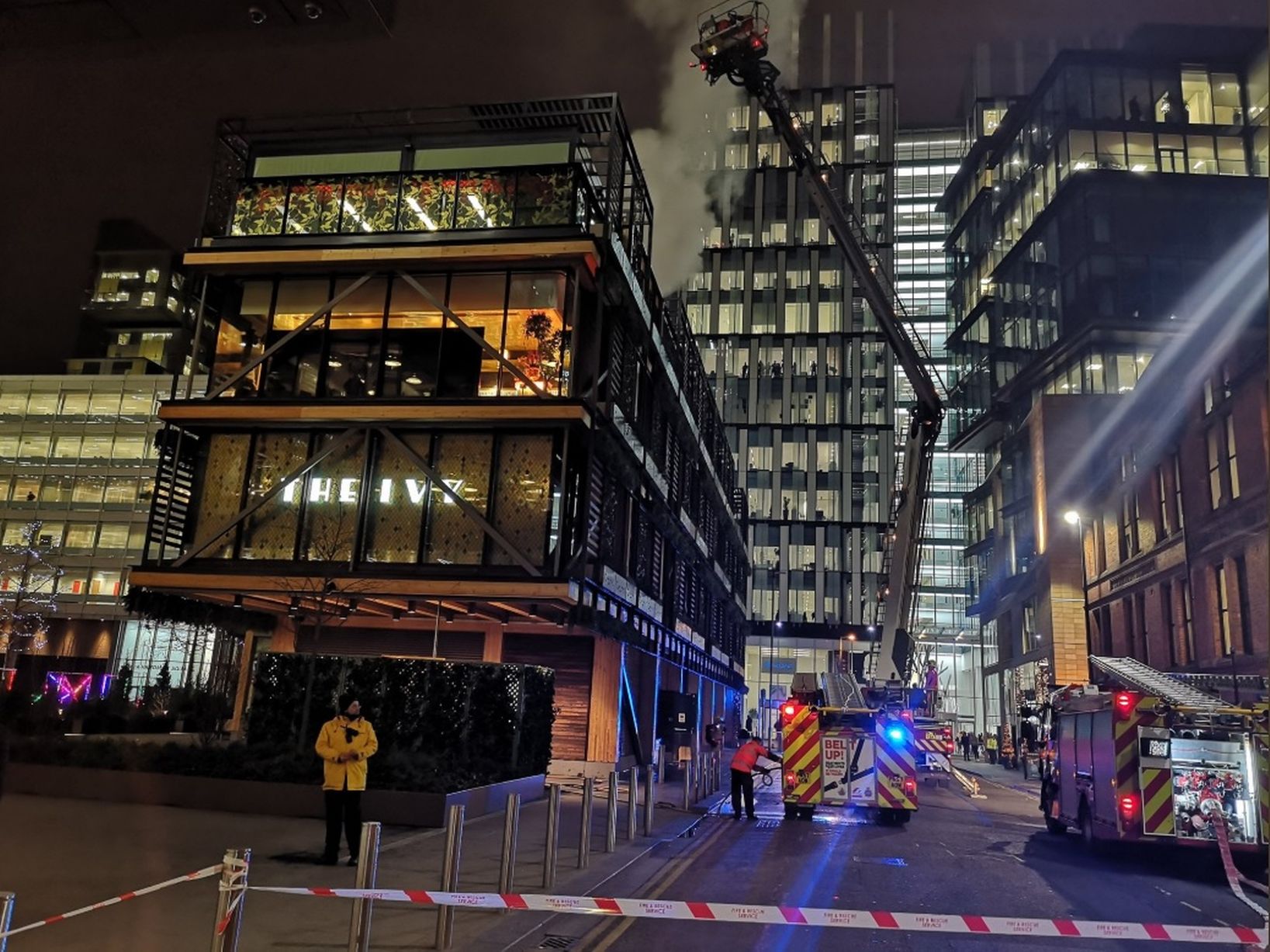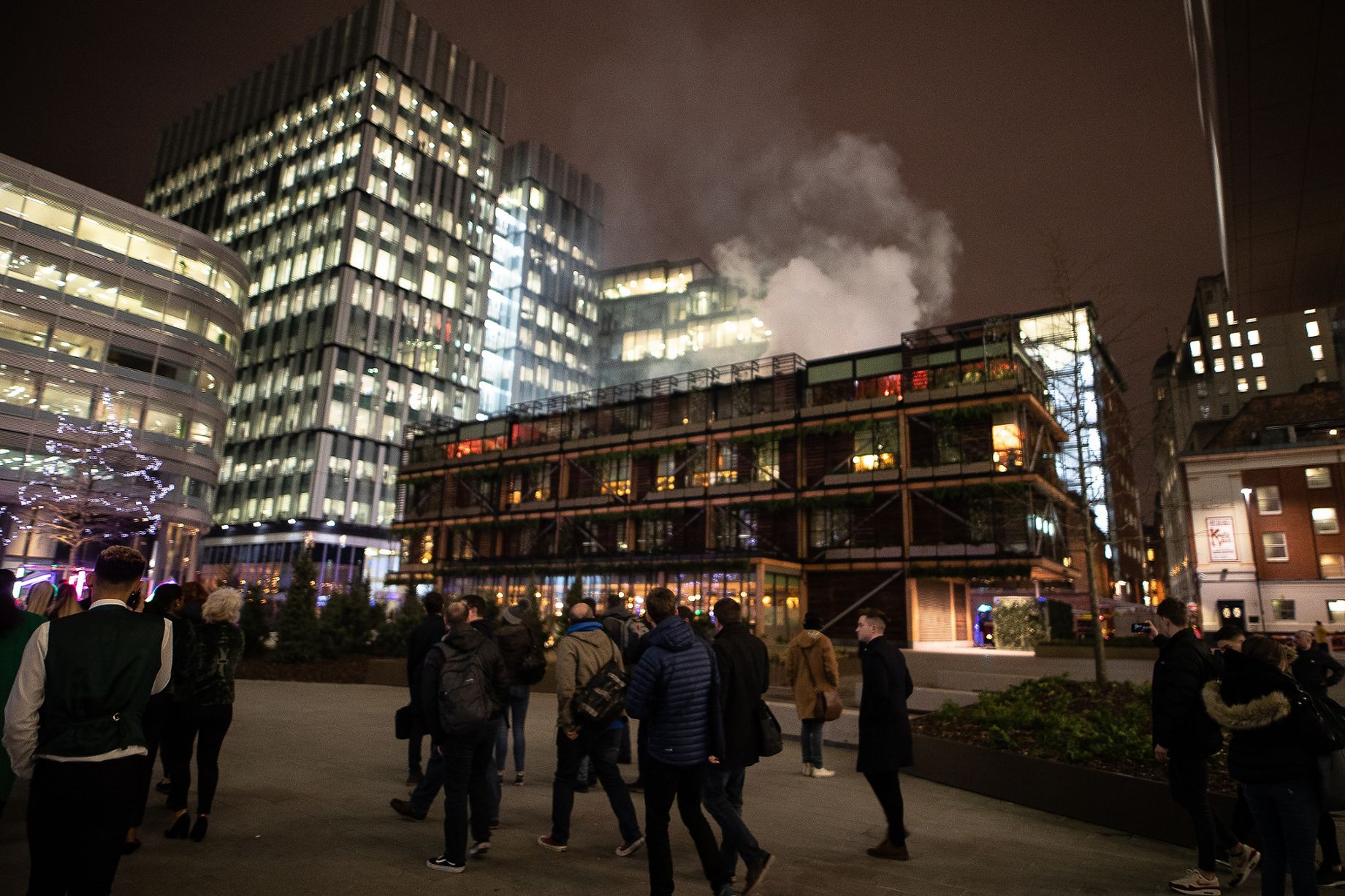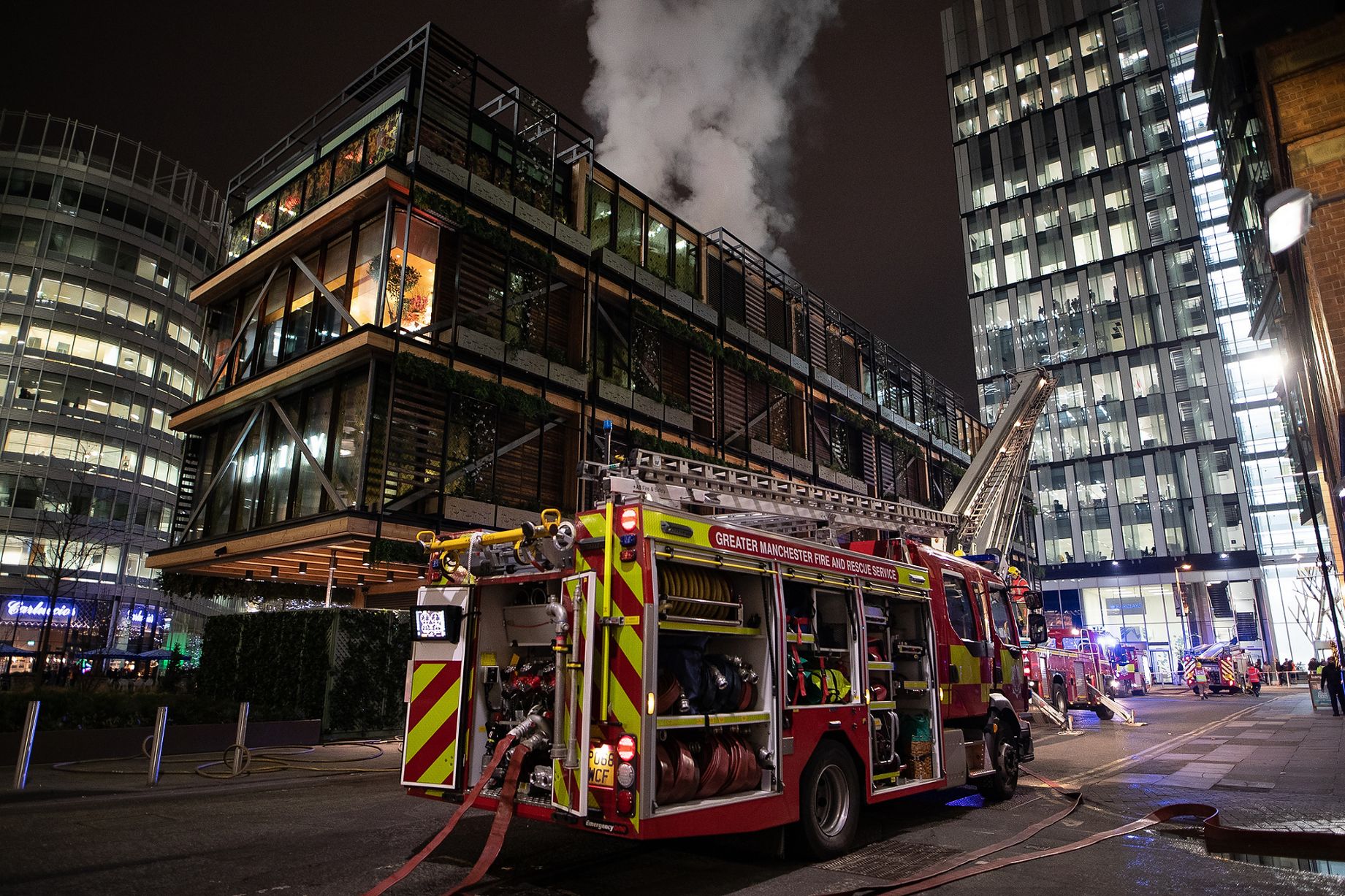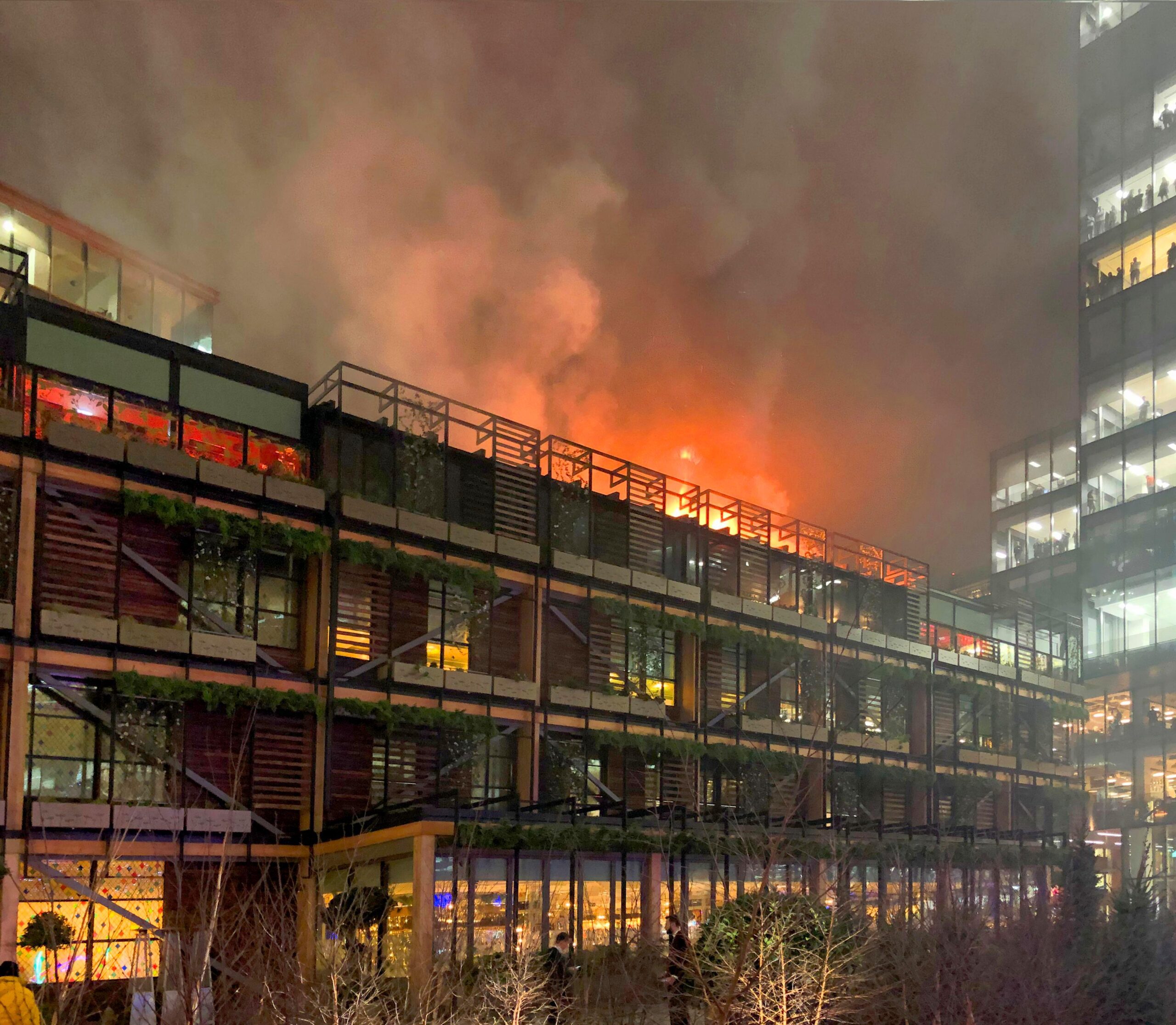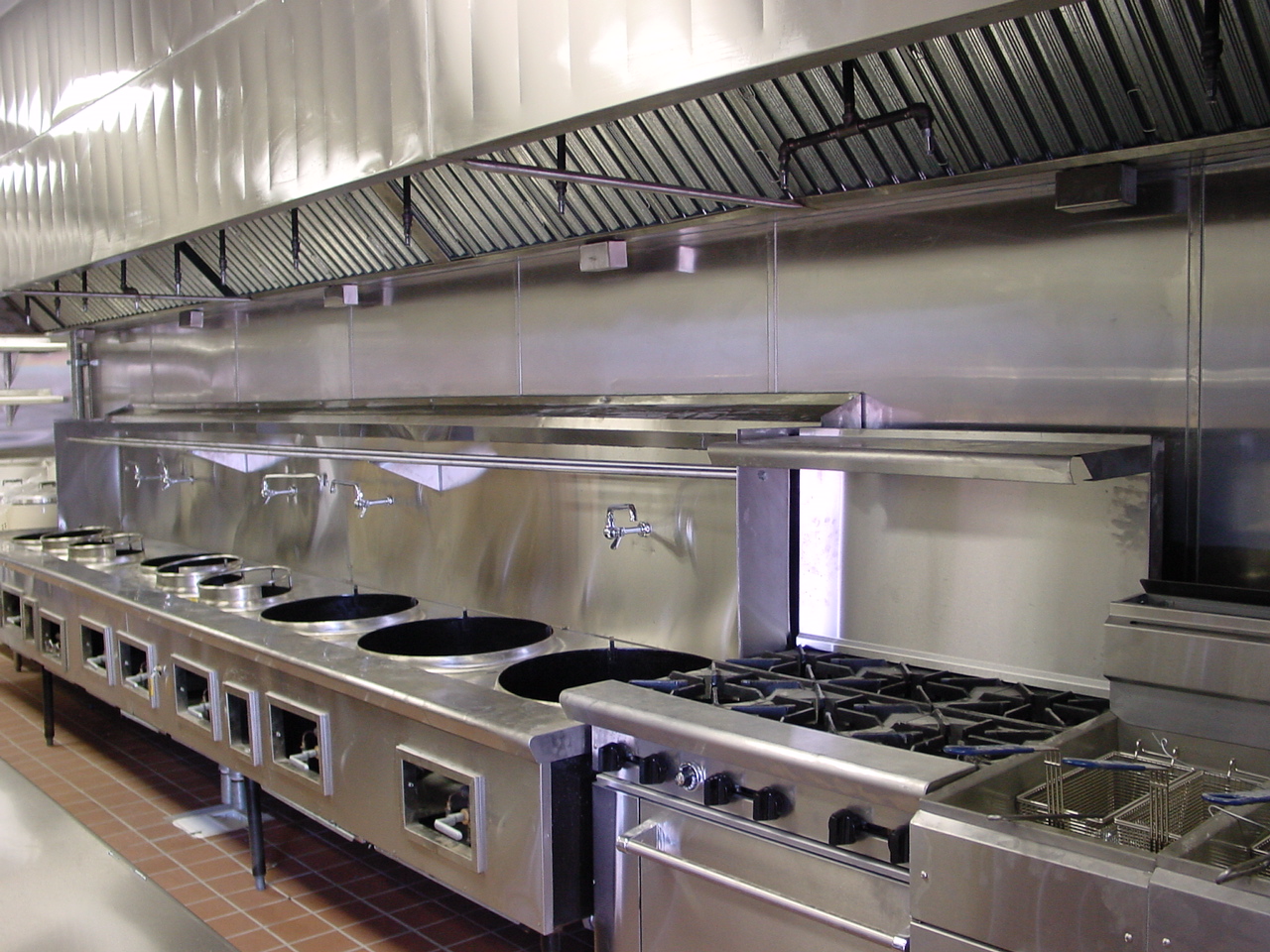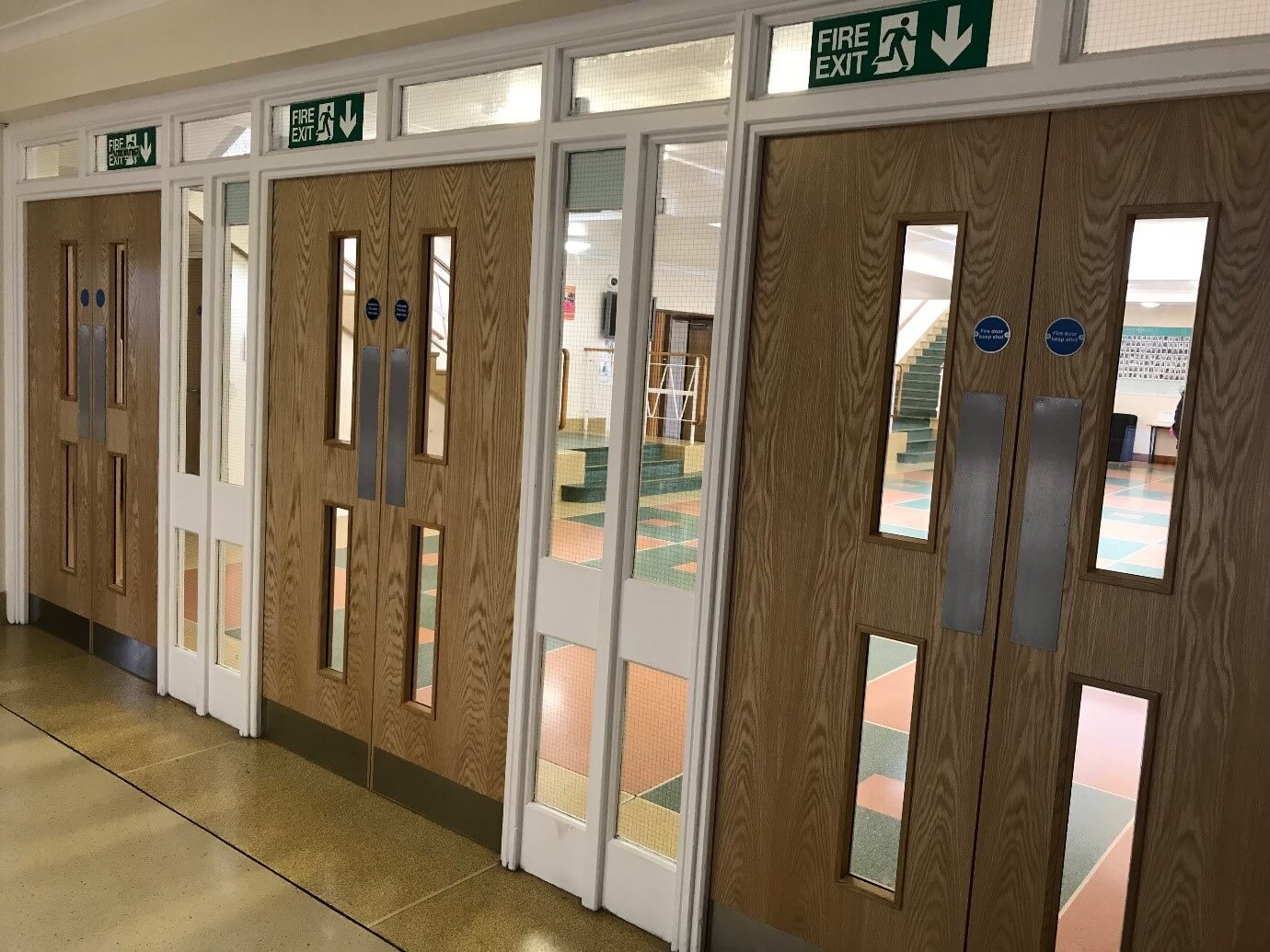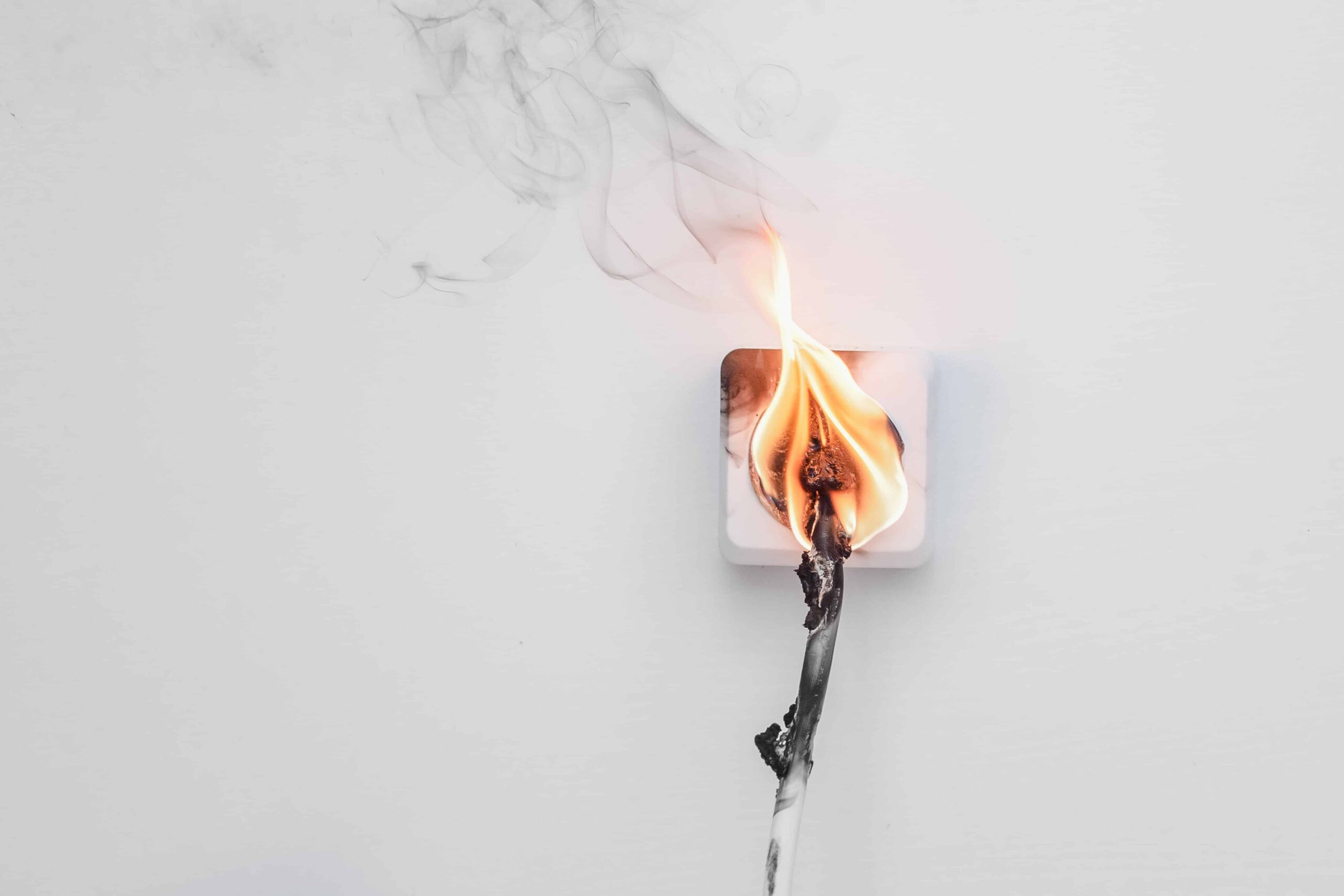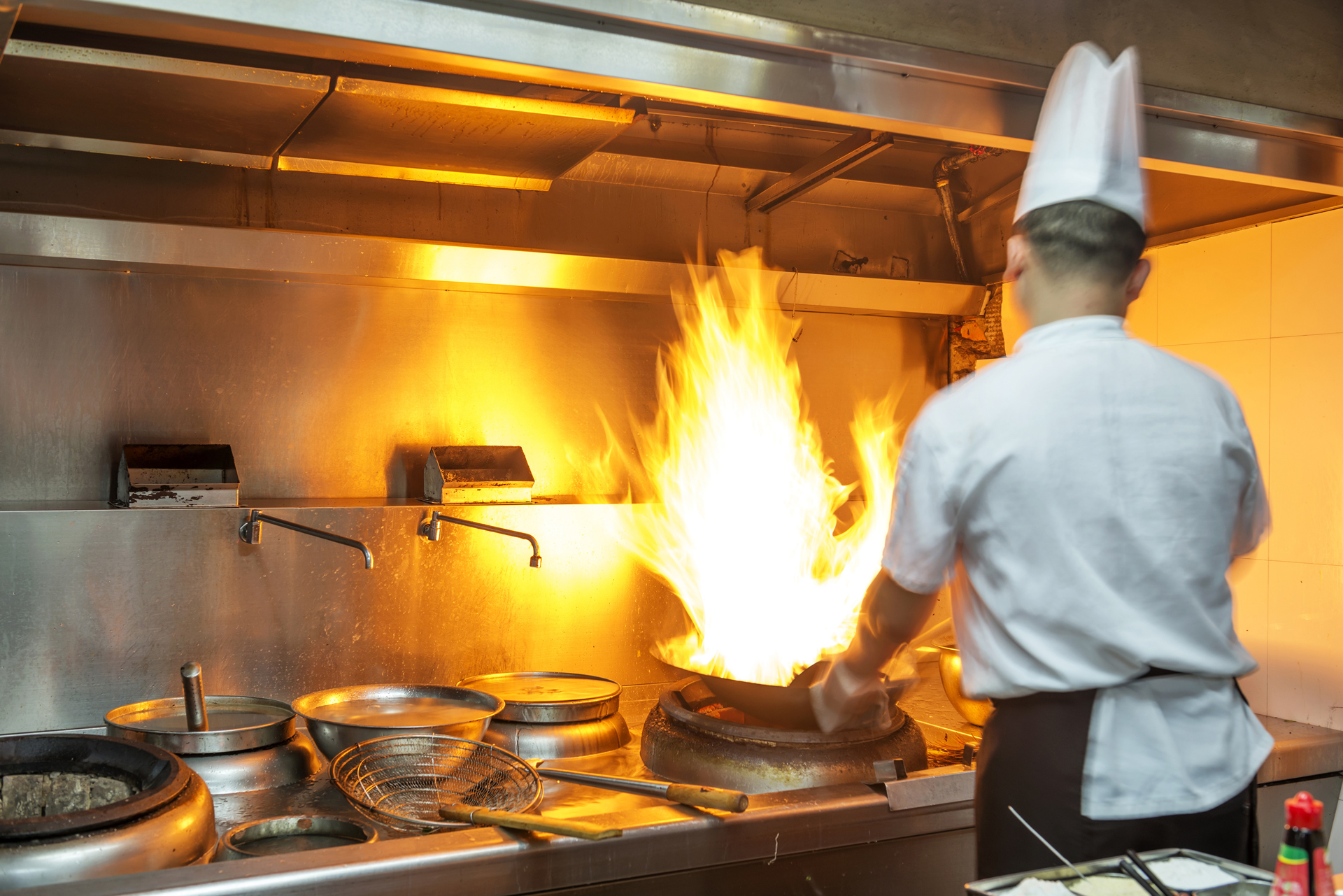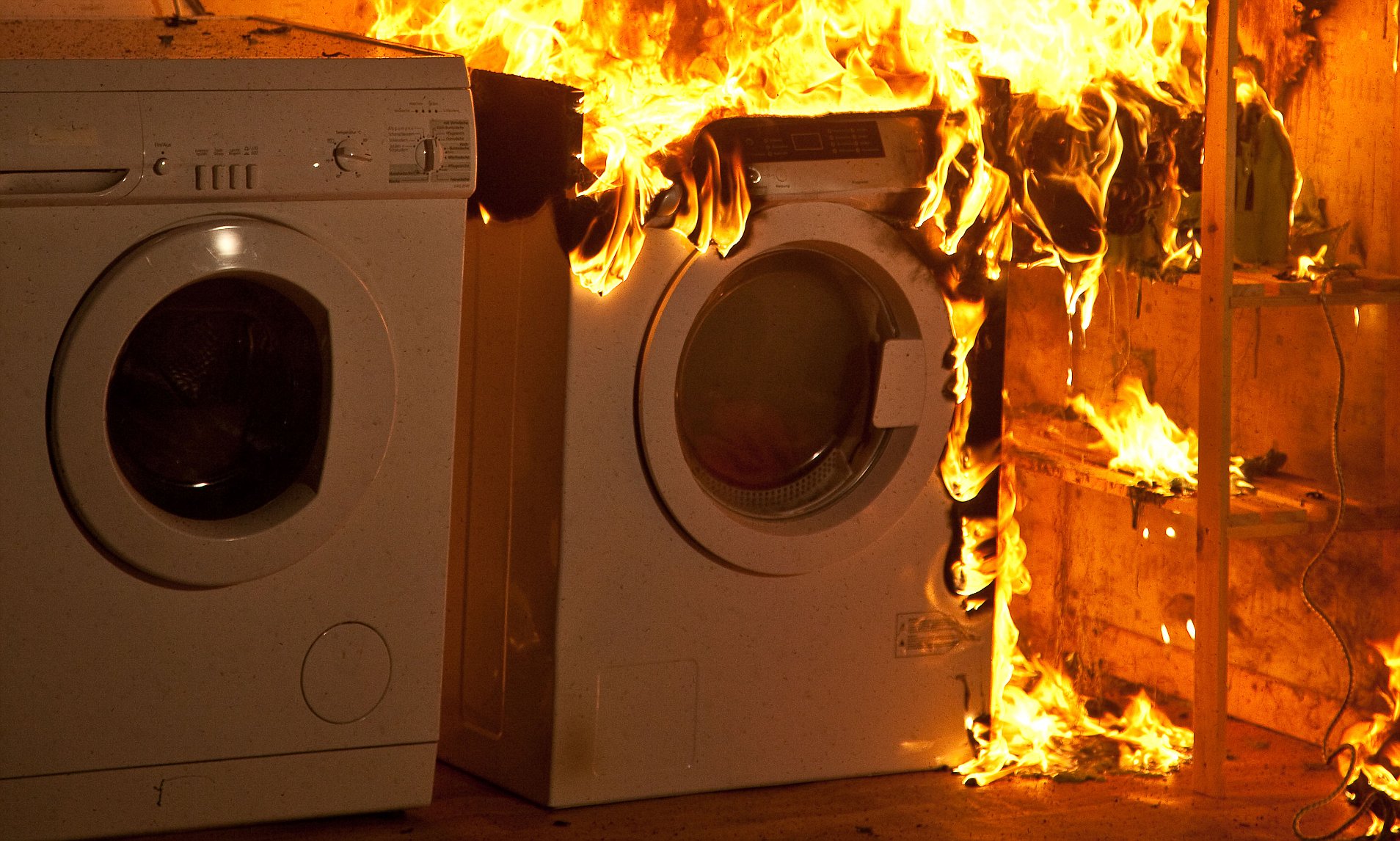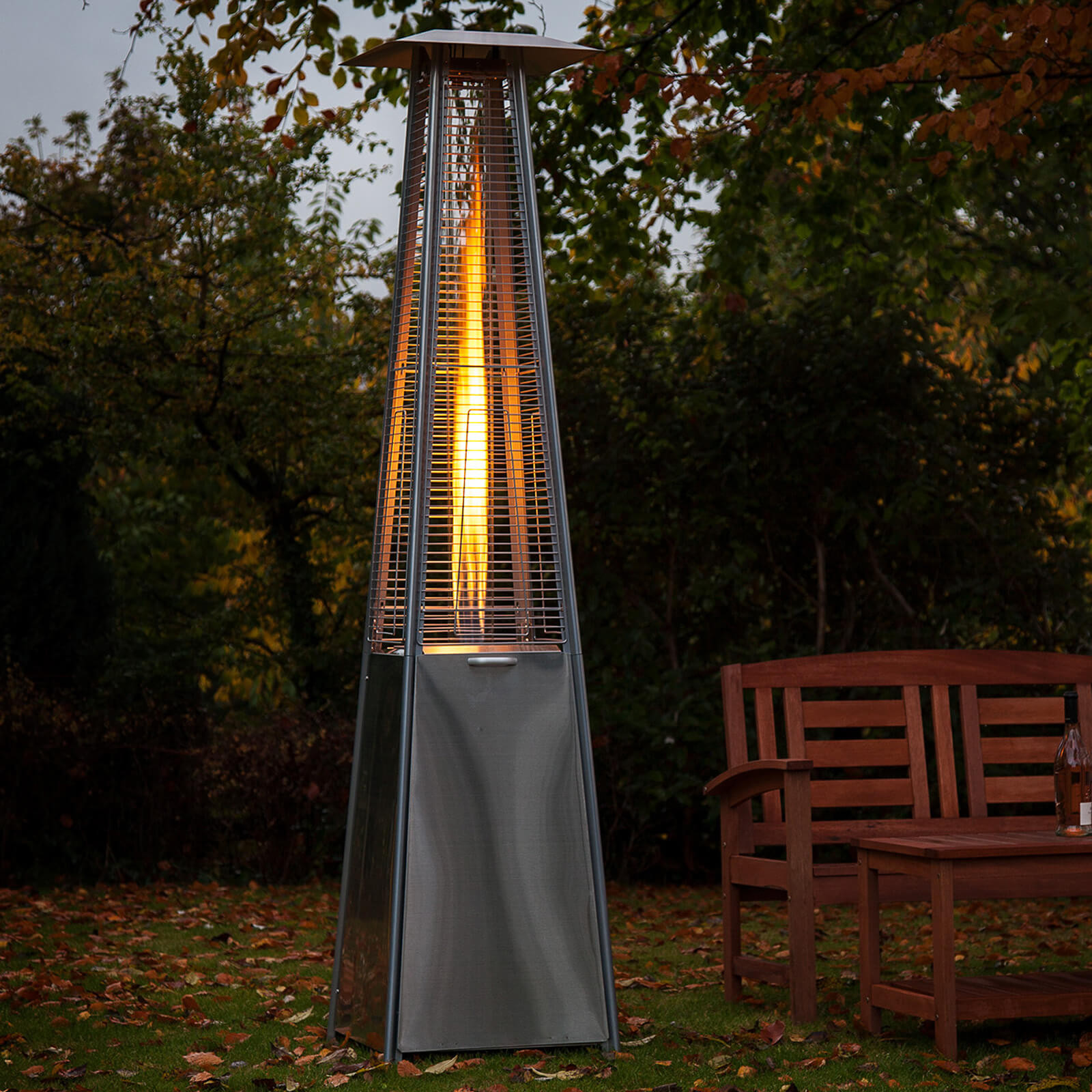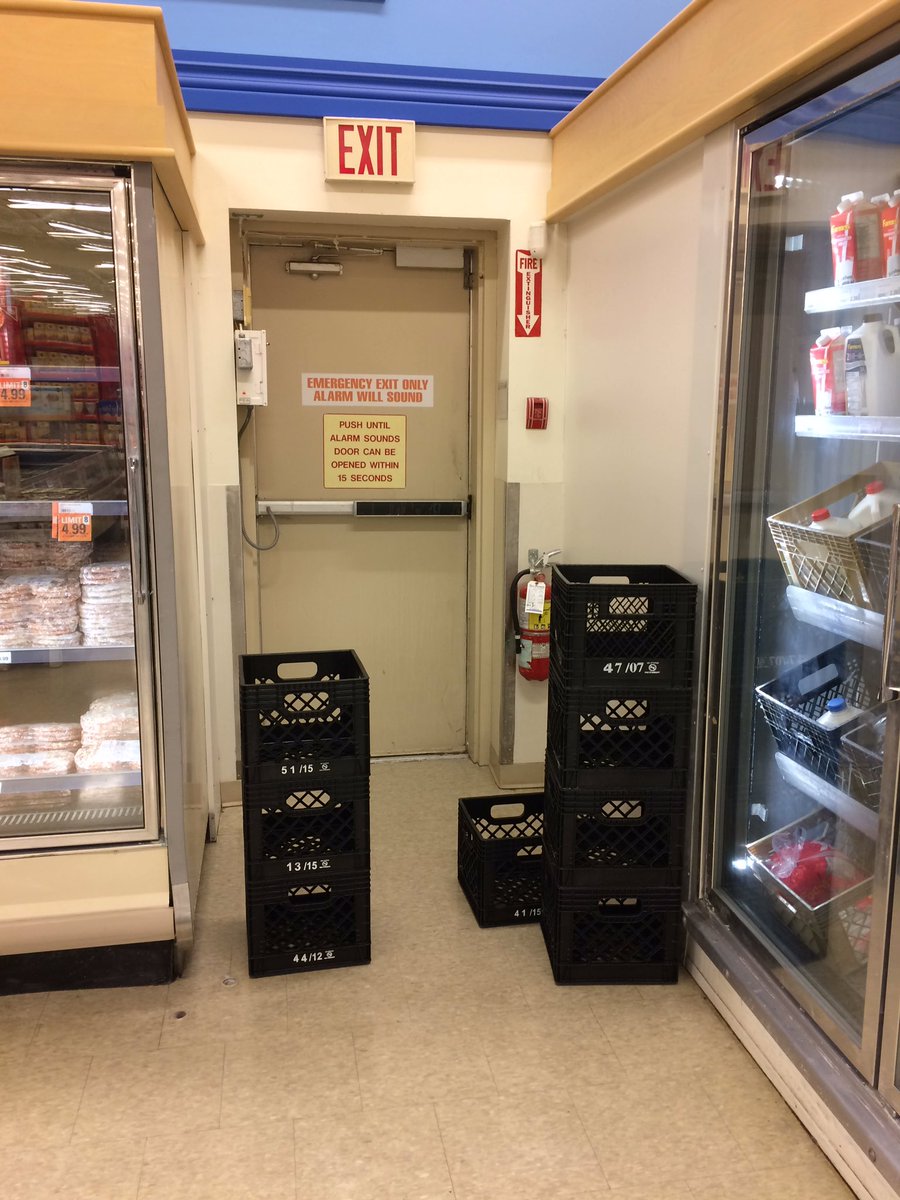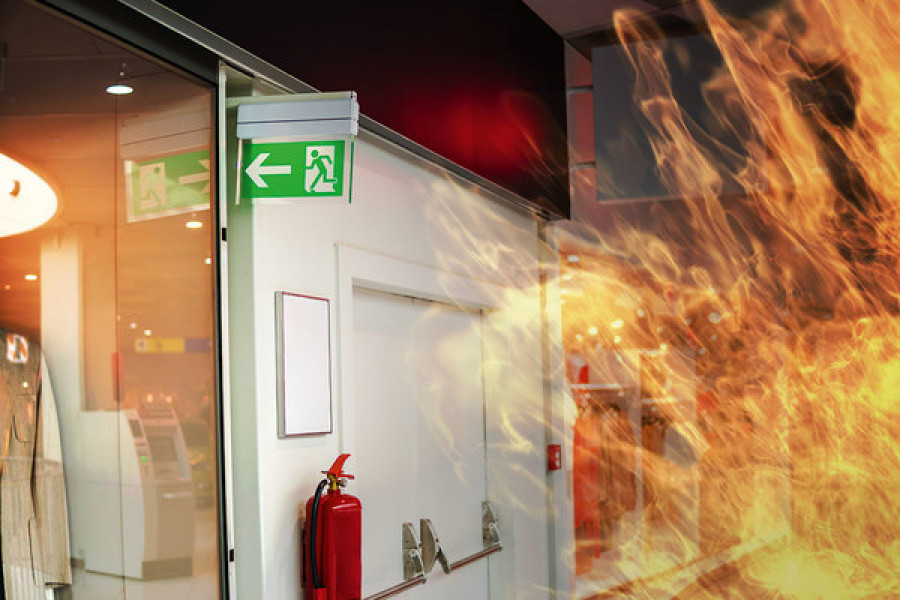The Causes, Risks, Tips and Legality of Restaurant Fires
By the end of December 2020 the Fire and Rescue Services attended 528,601 fire-related incidents in the UK. 153,278 of these were fires which is a 7% increase over the last five year’s. Commercial premises accounted for 15,005 of this total. The effect of fire on commercial properties leave employees out of work, prevents businesses from earning profit and can damage reputation.
Restaurants are particularly susceptible and can find it more difficult to recover from a fire, where the repair costs may be too much for the owner or the damage is too severe, 80% of businesses affected by a major incident either never re-open or close within 18 months.
A recent fire in a popular Wolverhampton city centre restaurant, caused by a kitchen extraction fan will be closed for the foreseeable future due to smoke damage and debris. This alongside a large blaze in one of London’s Chinatown restaurants which spread from the first to second floor and a section of the roof, and a fire at The Ivy in Manchester has raised some questions about restaurant fire safety.
With 1 in 5 businesses suffering a major disruption every year, do restaurant owners know enough about how to protect their business from fire and their legal obligations to employees?
We’re going to look at the main causes of restaurant fire, the hints and tips that will help restaurants reduce risk and show how Cannon Fire Protection help restaurants safeguard their property.
What causes Fire in Restaurants?
There is a reoccurring issue, a lack of proper staff training particularly when staff are provided by agencies or franchises. However, fires in restaurants are directly linked to three main causes: 25% begin with kitchen appliances, 23% from the cooker and 17% is electrical.
Simple fire safety training helps reduce spread and contain the fire, when informed of the risks and use of firefighting equipment. This will help preserve lives and the premises.
Common Fire Risks in Restaurants
- Ducting Maintenance – By not cleaning ducting regularly it increases fire risk.
- Fire-Safe Separation– Without the proper fire safety equipment, fires can easily pass through buildings causing secondary blazes.
- Electrical Fires – Testing portable appliance e.g. kitchen blenders, is vital, they can cause fires if faulty.
- Electrical Lighting – Any electrical lighting too close to flammable material increases the risk of fire.
- Cooking Techniques – Overheating oils or deep fat fryers used improperly make you more susceptible to fire.
- Tumble Dryers – Restaurants get through a lot of laundry, of which a tumble dryer can increase turnover rate dramatically. But without regular checking for left-behind clothes or lint, it can overheat and increase fire risk dramatically.
- Outdoor areas – Patio heaters and gas supply needs to be handled by someone properly trained to do so.
- Storage and rubbish – Not properly disposing of rubbish and obstructing emergency exits increases hazard of arson or accidental fires
- Gaps and holes – Damage to staircases or doors allows smoke to enter the premises and stops safe evacuation.
Fire Safety Tips for Restaurants
- All ducting should be regularly cleaned in accordance with TR19 – Internal cleanliness of ventilation systems.
- Ducting should be installed correctly by a properly trained engineer.
- All electrical equipment should be regularly tested and maintained minimum annually.
- Give individuals the responsibility for checking lint and removing laundry from the tumble dryer. It shouldn’t be on when no one is in the building.
- Educate staff about the risks associated with overloading sockets. Make sure no one is using counterfeit phone chargers.
- All appliances must be installed and used in accordance with manufacturer’s recommendations.
- Be able to remotely shut down gas an electrical appliances in an emergency.
- Keep the kitchen clean and tidy and ensure staff are dressed appropriately for the environment e.g. no loose clothing or hair.
- Always pay attention in the kitchen and don’t leave appliances on or leave food cooking unattended.
- Create a checklist for staff to ensure all cooking equipment is switched off and everything is secure before locking up.
- Complete and review Fire Risk Assessments regularly. Make an emergency plan and fire safety management system, including people with disabilities and non-employees.
Fire Risk Assessments (FRA)
An employer, owner or occupier of commercial premises have a legal duty to complete a Fire Risk Assessment, identify fire hazards and ensure the business has effective fire protection.
If the premises have five or more people, a written record is required. By understanding the risks and taking precautions to reduce or eliminate it increases the likelihood your business would recover from a fire.
Risk Assessments are defined by five key steps:
- Identify the fire hazards.
- Identify the people at risk.
- Evaluate, remove or reduce.
- Record the assessment, prepare an emergency plan and provide necessary training.
- Review and update the FRA frequently, particularly with any significant changes to the business.
The person carrying out the FRA must have suitable training to make the right judgements about risks and how to reduce them. For larger, more complex businesses a professional fire risk assessor is recommended to ensure regulatory compliance.
With a smaller, less complicated business, it’s possible for the business owner to carry out the risk assessment. FRA requirements can be found on the GOV.UK website.
Check with your local Fire and Rescue Service for their recommendations on your FRA.
Emergency Plan
As an employer, owner or occupier of commercial premises there is a lawful obligation to make a detailed fire emergency plan.
A simple emergency plan should include the following:
- A suitable fire detection system.
- A process for identifying false alarms.
- A clear understanding of who calls 999.
- All escape routes must be unobstructed, planned out and clearly marked.
- Emergency doors that open easily and emergency lighting if required.
- Employee training so they know escape routes and a safe meeting point.
- Always consider people who can’t escape quickly in a fire like wheelchair users.
Find guidance for people with disabilities here: Fire Safety Risk Assessment: Means of Escape for Disabled People.
Test your emergency plan regularly.
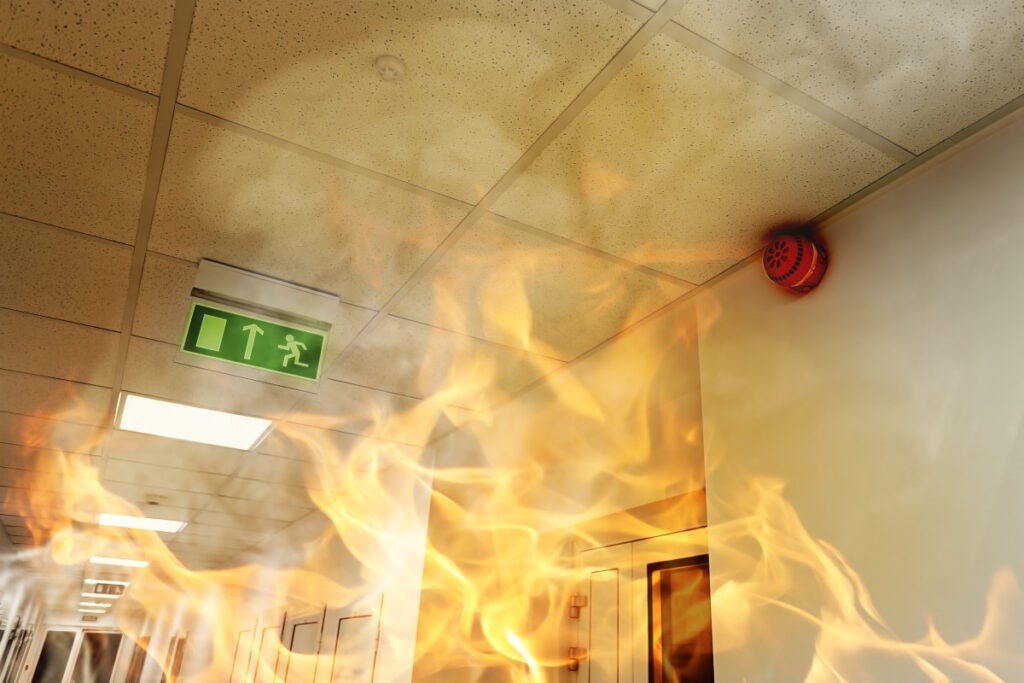
You must record the plan if:
- The environment you’re responsible for is licensed.
- You have five or more employees.
- An Alterations Notice under the Regulatory Reform (Fire Safety) Order 2005 (FSO) requires it.
If you live above a restaurant or manage a property where there is a residential space above premises like shops, bars, cafes and takeaways the London Fire Brigade have created a helpful fire safety guide.
What are your Legal Obligations?
The main fire safety law, restaurants must comply with, is the Regulatory Reform (Fire Safety) Order 2005 (FSO). Under the FSO, your premises must reach the required standard and all employees are provided with adequate fire safety training.
Adequate fire safety training varies from business to business but generally includes:
- General fire awareness induction.
- Periodic refresher or extra training where the risk level increases as a result of business changes.
- Training to support employees meeting their fire safety duties.
- Skill-building such as, FRAs or using fire extinguishers.
If you are responsible for the commercial premises, carrying out an FRA and creating an emergency plan are both legal requirements.
A more detailed explanation on the Regulatory Reform (Fire Safety) Order 2005 can be found here.
How Cannon can help
Whether through user error, appliance malfunction, ill-trained staff or arson, restaurants have a high risk of fire which without fire safety and suppression systems can quickly reach the point of no return.
Cannon can help design your entire fire safety management system, we supply and install Ansul Kitchen Fire Suppression System for a wide variety of restaurants and food businesses. The Ansul R-102 or Ansul Piranha system are tried, tested and highly effective.
We have recently been awarded the BAFE SP206 Accreditation which means we are an industry verified competant company who are able to deliver design, supply, installation, maintainance, commission and recharging services to your fire suppression system.
We also offer a complete range of extinguishers systems to suit any business, our wet chemical and water mist extinguishers are specifically designed to deal with Class-F fires in kitchens. We will ensure extinguishers are in the right location and comply with BS 5306, the 30 metre rule whereby a person will never be more than 30 metres from the correct type of extinguisher, at any time.
Where fire risk assessments have identified a need for sprinklers, Cannon can design, supply, install and maintain a range of options. Sprinklers give people more time to evacuate by reducing the speed of fire spread and minimise the amount of damage to the property.
Cannon provide ongoing maintenance for all fire suppression systems we install, giving our customers the peace of mind, that their systems are in full working order and have been checked by our approved and accredited team. The maintenance schedule will be designed to suit you and will ensure that your fire suppression system is always compliant with statutory regulations.
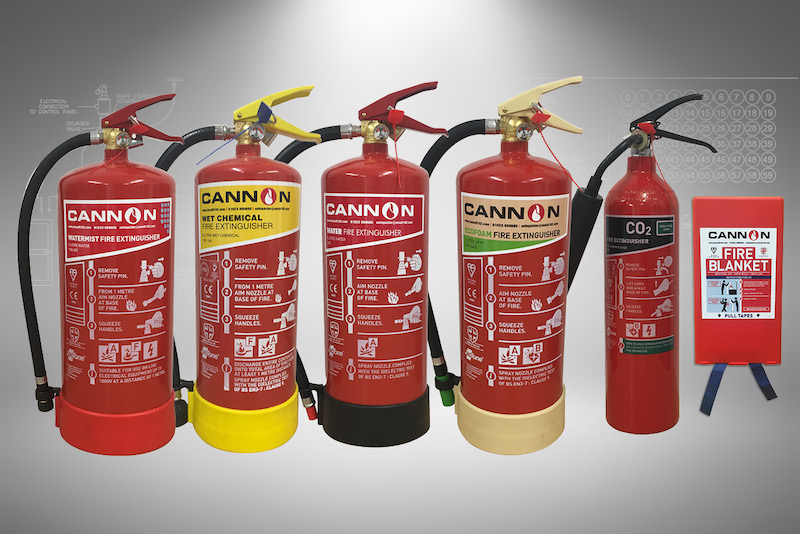
About Cannon Fire Protection
With over 30 years experience, Cannon Fire Protection has developed an excellent reputation within the fire protection industry throughout the United Kingdom and Europe. Independent auditing of our quality management systems, contracting and service operations ensures the very best provision of support in our sector.
You can get in touch with us here.
Our two head offices are based in Birmingham and Ollerton with fully qualified, experienced engineers spread throughout the UK allowing Cannon Fire to operate nationwide.
Call Us: 01623 860685
Email Us: [email protected]
CONTACT DETAILS
Trading Offices
Unit 1 Sherwood Network Centre, Ollerton, NG22 9FD
Unit C, 37a Parkfield Road, Coleshill,
Birmingham, B46 3LD
OUR KEY SERVICES
Copyright © Cannon 2024 All rights Reserved
